Modified GRF (1-29) is a peptide analogue of growth-hormone-releasing hormone (GHRH). Modified GRF was first developed in the 1980s when it was discovered that the first 29 amino acids of GHRH retained all of the properties of the full 44-amino-acid protein. The original protein, called GRF (1-29), is the smallest fragment of GHRH that retains all of the properties of GHRH. Another truncated synthetic form of GHRH called Sermorelin or GRF 1-29 has 29 amino acids; Modified GRF (1-29) is further modified in that it has four substituted aminos in its chain that serve the purposes of preventing degradation and oxidation in manufacture and transport as well as in vivo, while also increasing binding affinity to the GHRH receptors.
Though GRF had full effect, the duration of action was limited due to a very short half-life (less than 10 minutes). As a result, researchers modified GRF (1-29) to give it a longer half-life and thus greater therapeutic potential. Modified GRF (1-29) is occasionally referred to as mod GRF or tetrasubstituted GRF (1-29). The latter name makes it clear that mod GRF differs from GRF (1-29) as a result of four amino acids being changed. Modified GRF (1-29) is identical to CJC-1295 without DAC.

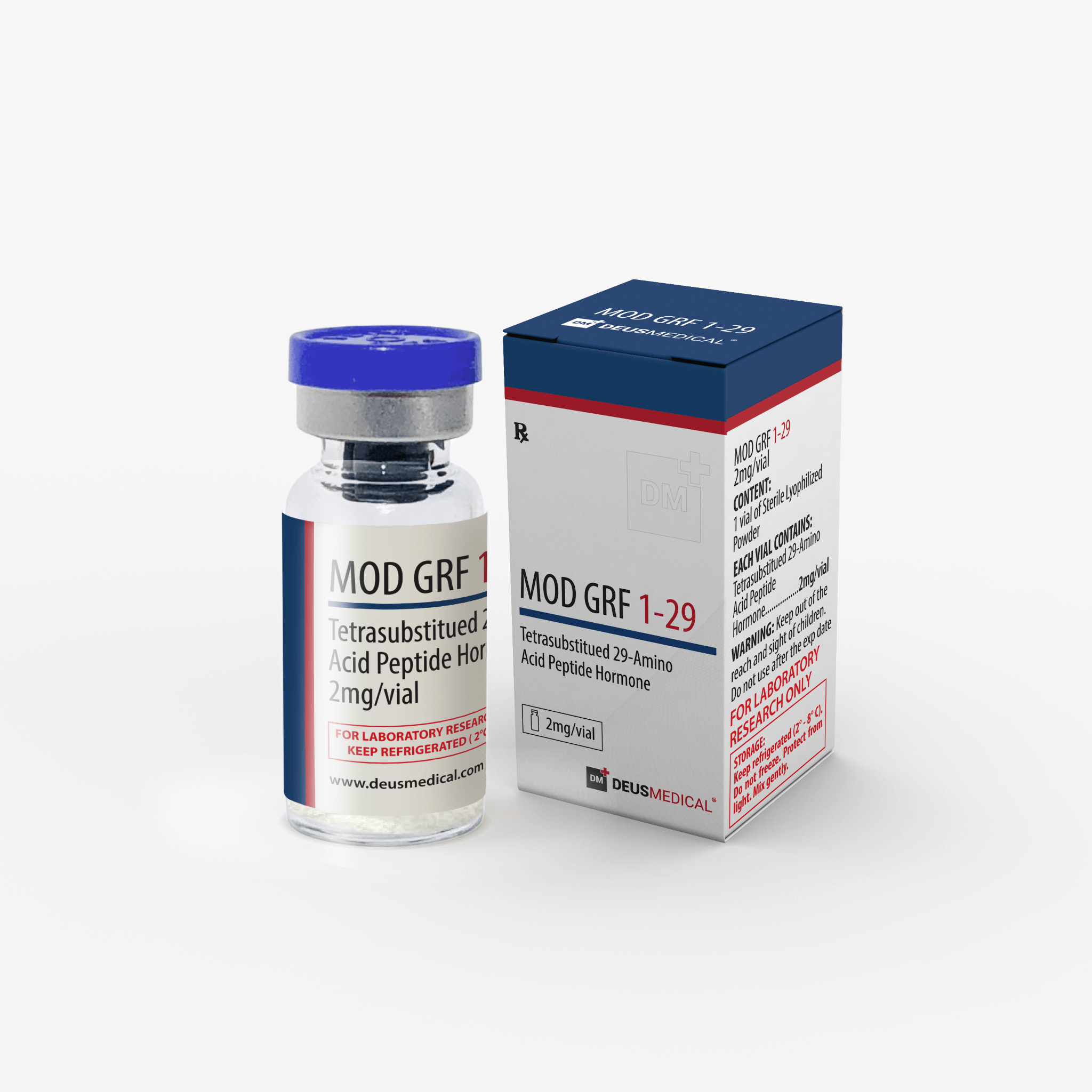
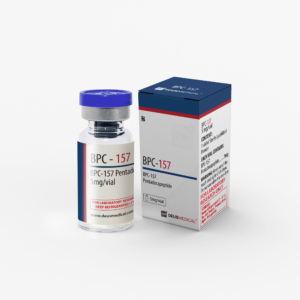
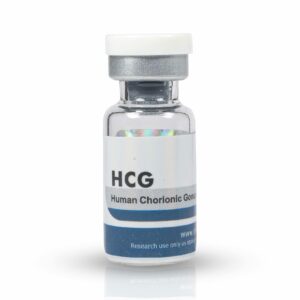
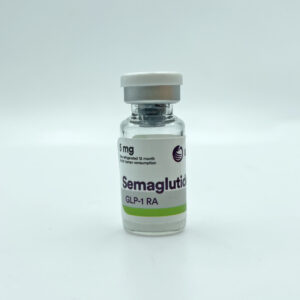
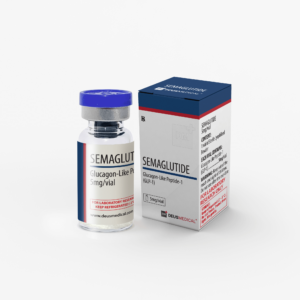
Reviews
There are no reviews yet.